Blogs

Intoeing – A matter of parental concern.
Intoeing means that when a child walks or runs, the feet turn inwards instead of pointing straight ahead. It is also referred to as “pigeon-toed”. Intoeing is often noticed by parents when a baby starts to walk. In addition, it is a common cause of parental apprehension. Three conditions causes intoeing – A. Metatarsus adductus […]
Read More
Pulled Elbow (Nursemaid’s elbow) – A panic situation
Pulled elbow is a common injury in children under the age of five. Pulled elbow is usually caused by a sudden pull on the child’s forearm or wrist like lifting the child up by one arm. It can also happen when a child falls. Pulled elbow also called nursemaid’s elbow. It is unusual for children […]
Read More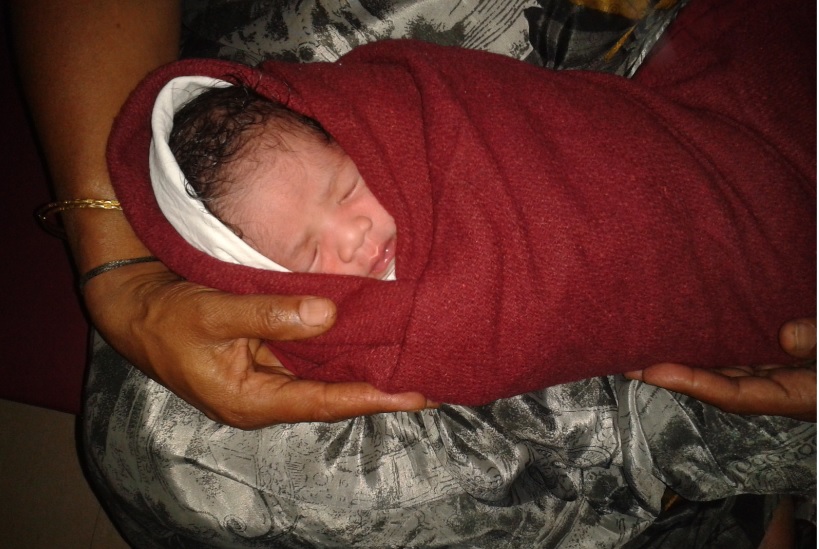
Improper wrapping or swaddling increases the risk of DDH?
Introduction – Wrapping or swaddling a newborn can help the baby to feel more secure and comfortable. This may assist the baby to settle and establish regular sleep patterns. However, improper wrapping or swaddling baby tightly with legs straight can hinder the normal growth and development of the child’s hips. So improper wrapping or swaddling […]
Read More
Backpacks – Safety tips to protect children back
Backpacks are a practical and popular way for children and adolescents to carry school books and supplies. If backpacks are used correctly, can be a good way to carry the necessities of the school days. And backpacks are designed to distribute the weight of the load among some of the body’s strongest muscles. However, when […]
Read More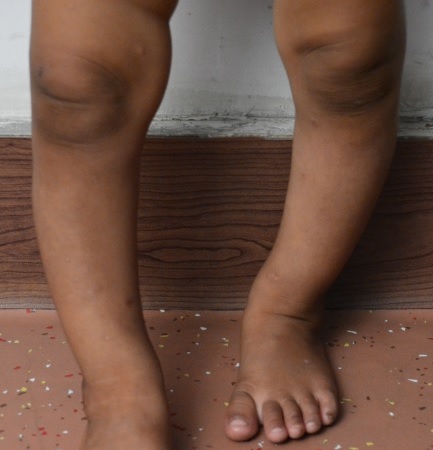
Bowed legs in children, is it normal?
In bowed legs, the knee appears to bow out from the body and does not touch, however, the feet do. All babies are born with bowed legs. However, parents notice bowed legs when children begin to walk at around 12 months. The bowed legs tend to straighten with age between 18 and 24 months. So […]
Read More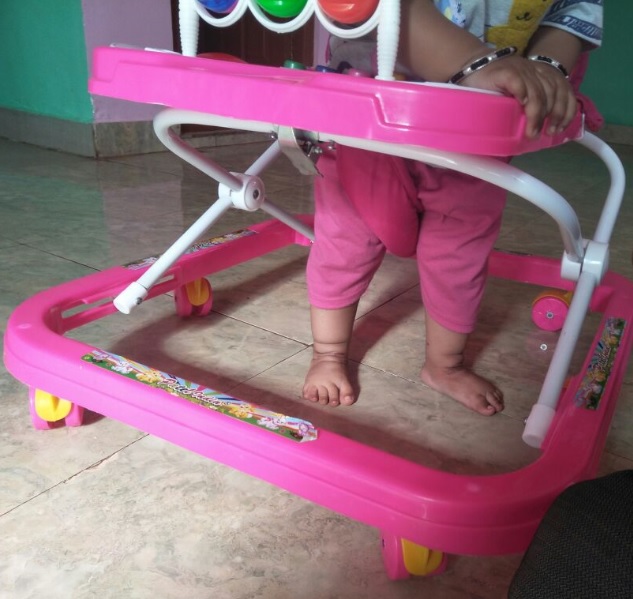
Baby walker – A boon or bane
Baby walkers or infant walkers consist of a wheeled base supporting a rigid frame that holds a fabric seat with legs opening and usually a plastic tray. These devices are designed to assist the babies, with feet on the floor and to allow mobility while they are learning to walk. Baby walkers are commonly used […]
Read More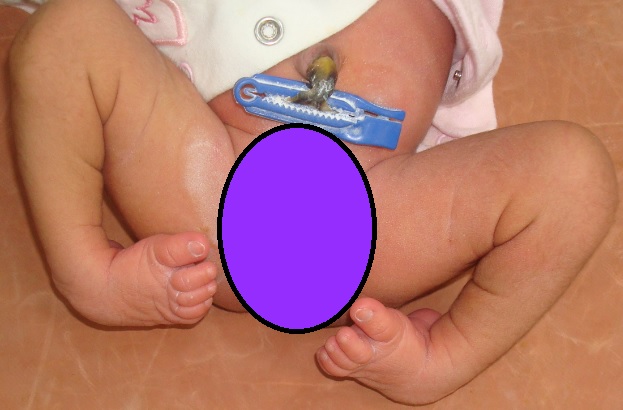
Club foot is a curable condition – Casting and cast care
Introduction – Club foot is a treatable congenital foot deformity. The cause of the club foot is unknown. Club foot treatment should be started as early as possible after the delivery. The standard accepted treatment protocol is the Ponseti method of club foot manipulation and casting. Club foot manipulation and casting are painless procedures. Cast […]
Read More
Transient synovitis of the hip – Unpleasant for the child and Unsettling for the parent
Transient synovitis of the hip is the most common cause of abnormal walking in children. In other words, it is also called toxic synovitis and irritable hip. It is usually seen after a recent viral infection like a common cold. Although it can happen at any age, it is most often seen between 3 to […]
Read More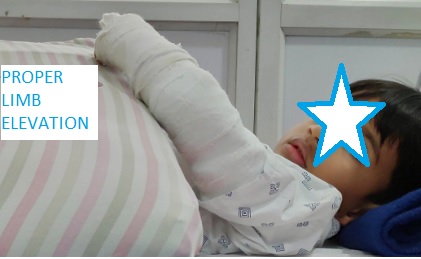
Is your child on the plaster cast? – Cast care at home is essential
The plaster cast is given to your child to treat an injury or after surgery to provide rest to the limb. Therefore the role of a plaster cast is to keep the arm/leg in a certain position and to protect the operated area while it heals. The most important and essential part of orthopaedic home […]
Read More
Stop spreading the bacteria and viruses in children
Bacteria and viruses are spread from children to children simply through touch and through the air. Infections occur due to the spread of bacteria and viruses. So it is important to stop the spreading of bacteria and viruses. To stop the spreading of bacteria and viruses, good hygiene practices are important. Good hygienic practices are […]
Read More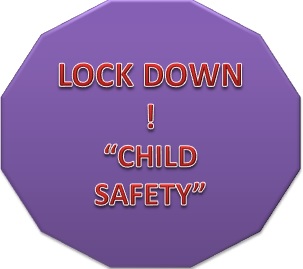
Lockdown – Children Safety @ home
Lockdown as poised a challenge for parents/caregivers in looking after the children. Due to lockdown, children are spending most of their time at home. Above all, the children are adventurous and certainly not have an understanding of the consequences of their activities. So children are more susceptible to injuries. However, most of the injuries can […]
Read More